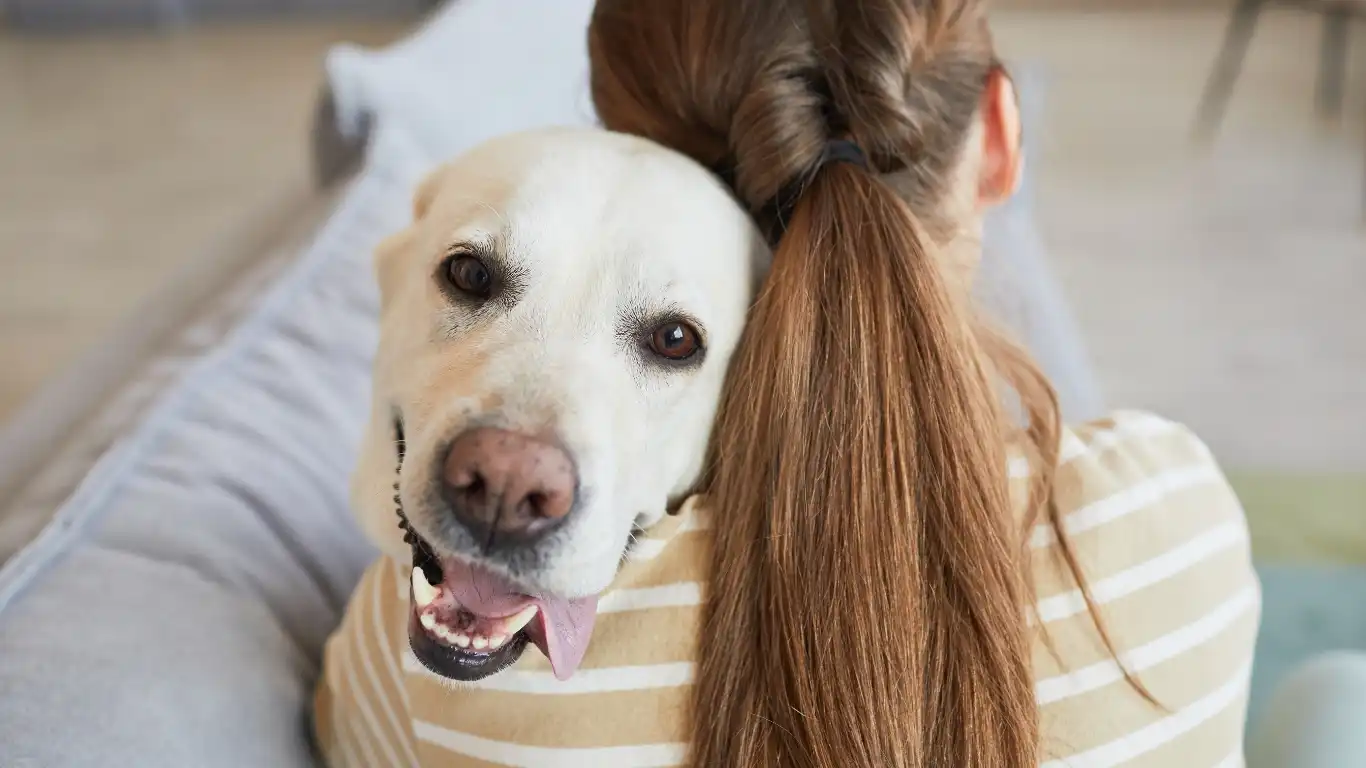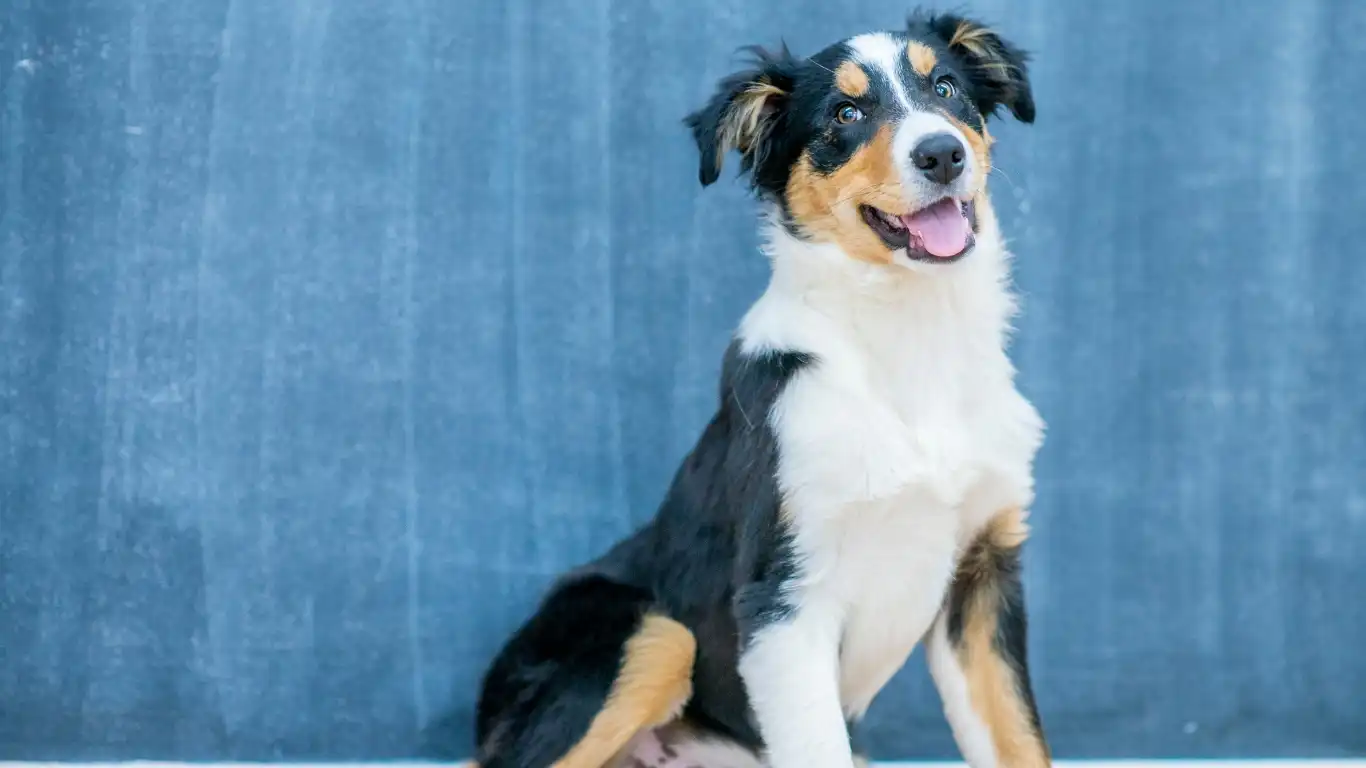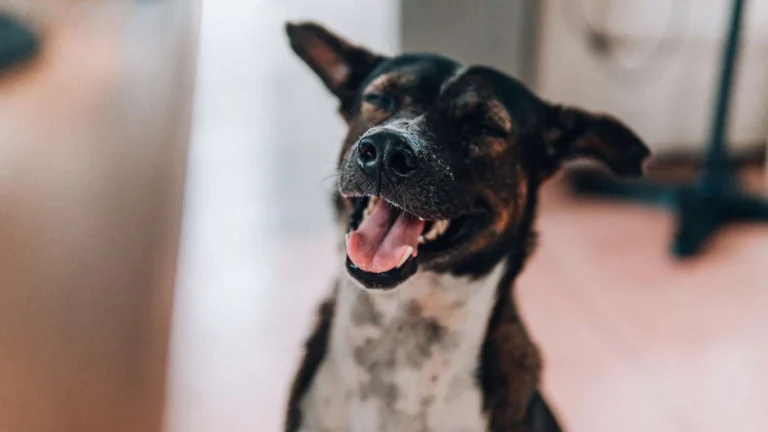Proven Ways to Maintain Muscle Mass in Senior Dogs Naturally
If you’ve ever noticed your older pup looking a little thinner around the haunches or not quite as sturdy on their feet, you’re not alone. I’ve seen it so many times in the clinic—sweet senior dogs who once bounded through the backyard now struggling to get up the stairs. That’s actually what inspired me to write this guide on Proven Ways to Maintain Muscle Mass in Senior Dogs Naturally. As a vet tech who specializes in pet nutrition, I’ve helped a lot of pet parents get their aging dogs back to a more active, comfortable lifestyle, and I’m excited to share some of the tips that really work.
Why Muscle Loss Happens in Senior Dogs

First things first—why does this even happen? Just like us humans, dogs naturally lose muscle mass as they age. This process is called sarcopenia, and it’s a totally normal part of aging. That said, it can be made worse by inactivity, poor diet, underlying health issues, or simply not getting enough of the right nutrients.
In my experience, one of the most overlooked causes is low-quality dog food. I’ve met pet parents who thought they were doing great with commercial senior diets, only to find out those formulas lacked the protein levels needed to actually maintain lean body mass. Trust me, the protein game is a BIG deal when it comes to supporting muscles in older dogs.
Focus on High-Quality, Muscle-Supporting Nutrition

Choose a Protein-Rich Diet
Let me say this louder for the people in the back—protein is not just for puppies! Senior dogs actually need more protein than adult dogs because their bodies aren’t as efficient at processing it. I always recommend looking for a food that has at least 28-32% protein from high-quality sources like chicken, turkey, salmon, or even novel proteins like venison if your pup has allergies.
- Animal-based proteins are generally more bioavailable than plant-based ones.
- Watch for labels like “chicken meal” vs “chicken by-product”—they’re not the same!
- Foods with added amino acids like L-carnitine can support muscle metabolism.
Supplement When Needed
In the clinic, I’ve seen some amazing results when we add the right supplements to a senior dog’s diet. Here are a few I often suggest (of course, always check with your vet before starting anything new):
- Omega-3 fatty acids – Helps reduce inflammation and supports joint health, making movement easier.
- Glucosamine and chondroitin – Supports cartilage and joint structure, which helps dogs stay mobile enough to maintain muscle.
- Probiotics – A healthy gut means better nutrient absorption, which supports overall health.
Incorporate Low-Impact, Muscle-Building Activities

Here’s something I always remind dog parents of: Exercise doesn’t have to mean sprints in the park. In fact, for senior dogs, less is often more—as long as it’s consistent. Think gentle walks, backyard sniffing strolls, or some fun tug-of-war time. It’s all about keeping them moving so those muscles stay active and engaged.
My Go-To Exercise Tips for Senior Dogs:
- Short, frequent walks rather than one long one
- Let your dog choose the pace—especially on warm days
- Consider hydrotherapy or swimming if they enjoy water (great for joints!)
- Use puzzle feeders to encourage movement around the house
One of my own senior patients, a golden retriever named Max, gained back noticeable strength in just a few months after we started a routine of short twice-daily walks and switched him to a high-protein, joint-friendly diet. His owner literally cried when Max started trotting again on his own. It’s those little victories that mean the world.
Keep Stress Low and Sleep Quality High

Let’s talk about something that often gets overlooked—sleep and stress. These two can seriously mess with your senior dog’s ability to maintain muscle mass. Chronic stress increases cortisol levels, and high cortisol over time can lead to muscle wasting. Plus, poor sleep just messes with recovery and metabolism.
I remember one client with a senior Border Collie named Milo who had started pacing at night and seemed restless all day. We ended up finding out that the poor guy was stressed from a new puppy in the house. Once they created a quiet, puppy-free sleep zone just for him, he finally started sleeping better and gaining back some of his strength. Sometimes the answer isn’t more exercise—it’s better rest.
How to Support Better Sleep and Lower Stress:
- Stick to a routine – Dogs thrive on predictability, especially seniors.
- Provide a cozy, orthopedic bed – Pressure-relieving beds make a huge difference.
- Try calming supplements – Natural options like L-theanine or melatonin (ask your vet first!) can help mellow out an anxious pup.
- Minimize loud noises and over-stimulation – Think white noise machines or soft background music.
Monitor Weight and Body Condition Closely

Here’s the thing—just because your senior dog isn’t overweight doesn’t mean they’re in great shape. I’ve had dogs come in that looked fine on the scale, but when you ran your hands along their ribs or hips, you could feel noticeable muscle loss. That’s why body condition scoring (BCS) is such a useful tool for us vet techs and dog parents alike.
If you’re not sure how to assess your dog’s BCS, your vet can walk you through it. Or, if you’re a DIY type like I am, there are charts and videos online that show how to do a hands-on check. (You’d be surprised how empowering it feels to get a better picture of your pup’s condition without relying entirely on a number on a scale.)
Things to Watch For:
- Visible muscle wasting along the spine, shoulders, or thighs
- Difficulty standing, climbing stairs, or hopping into the car
- Thinning fur or poor coat condition – Can sometimes reflect nutritional imbalances
Early detection means earlier intervention—and that can make all the difference.
Make the Most of Your Vet Visits

This might sound obvious coming from a vet tech, but it’s worth repeating: Your vet is your best partner in helping your dog age well. And not just during emergencies. I always tell my clients to use those wellness visits to their full advantage. Ask questions. Bring up even the “small stuff.”
For example, if your dog seems stiff in the mornings or isn’t interested in play anymore, that might not just be “old age”—it could be early arthritis or pain that’s affecting their muscle tone. Getting ahead of it with appropriate treatment—whether that’s medication, physical therapy, or acupuncture—can help preserve muscle function.
Helpful Topics to Discuss With Your Vet:
- Should we increase protein or change diets?
- Is my dog a candidate for joint supplements or mobility meds?
- Would physical therapy or hydrotherapy help?
- Are there any signs of pain or inflammation I’m missing?
One of the things I love about working in nutrition is getting to see these amazing little turnarounds when we tweak just a few things—better food, a joint supplement, more structured walks. And honestly, dogs are so resilient. They may be gray around the muzzle, but they’ve still got that same goofy spark in their eyes.
So, if you’re looking at your older pup and wondering how to help them keep up their strength, just know—you’re not alone, and there’s so much you can do. And you’ve already taken the first step just by learning more. Stick with me, because we’ve got even more muscle-boosting tips coming your way!
Explore Gentle Resistance Exercises and Mobility Support

Let’s get real—most senior dogs aren’t about to start hitting the gym. But that doesn’t mean they can’t benefit from a little resistance work! Building or preserving muscle mass doesn’t always require intense workouts. In fact, with older pups, it’s all about gentle, consistent movement.
One of my favorite activities for dogs with aging joints and fading muscle is underwater treadmill therapy. If you’ve never seen it, imagine a dog walking on a slow treadmill inside a tank of warm water. The buoyancy supports their body weight, and it’s amazing how effective it is for muscle tone, circulation, and confidence. I’ve seen dogs with mobility issues practically strut out of the tank after a few sessions!
Simple At-Home Muscle-Preserving Activities:
- Hill walks: Slight inclines challenge hind limb strength without stressing joints.
- Cavaletti poles: Think mini obstacle courses—they improve balance and engage core muscles.
- Standing holds: Encourage your dog to stand still for short intervals—sounds basic, but it works.
- Tug games: Light games (nothing too rough!) can engage jaw, neck, and shoulder muscles.
Just remember, always start slow. If your dog’s not used to any of this, give their body time to adapt. And keep sessions short and positive—it should feel like play, not work.
Massage and Touch Therapy for Muscle Maintenance

Yup, you read that right—massage therapy is legit for dogs, especially seniors. I was skeptical at first too, until I took a basic canine massage training course and saw how dogs responded to it. There’s just something about the way touch stimulates circulation and helps ease tension in aging muscles.
For senior dogs trying to hold onto muscle mass, even just 10 minutes of light massage a few times a week can help. You’re encouraging blood flow, aiding in recovery after activity, and increasing their comfort level—all things that contribute to muscle maintenance.
Easy Massage Tips:
- Start with long, gentle strokes along the back and thighs.
- Use your thumbs in small circles around stiff joints or sore areas.
- Watch your dog’s body language—relaxation is the goal.
Bonus tip: after a good massage, many senior dogs nap better and seem more willing to move the next day. That post-massage zoomie moment? Yeah, it’s real—and totally adorable.
Final Thoughts: It’s All About Quality of Life
At the end of the day, maintaining muscle mass in senior dogs isn’t just about strength—it’s about preserving their freedom and comfort. When a dog can still get up without struggling, go for their favorite walk, or hop onto the couch for cuddles, that’s everything.
In my years as a vet tech with a nutrition focus, I’ve learned that small, thoughtful adjustments go a long way. Whether it’s improving their diet, setting up an easy home routine, or adding in some calming massage sessions, you’re making a real difference in their life. And they know it—those tail wags and happy sighs say it all.
So don’t feel like you need to do everything at once. Start with one change—maybe a new joint-friendly protein source or a few more daily stretches. Stay consistent. Be patient. And most importantly, celebrate the little wins along the way.
References:
Disclaimer:
This article is based on my experience as a Veterinary Technician with a specialty in nutrition and is meant for educational purposes only. Always consult with your veterinarian before making any major changes to your senior dog’s diet, exercise, or health regimen.






